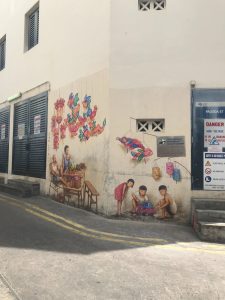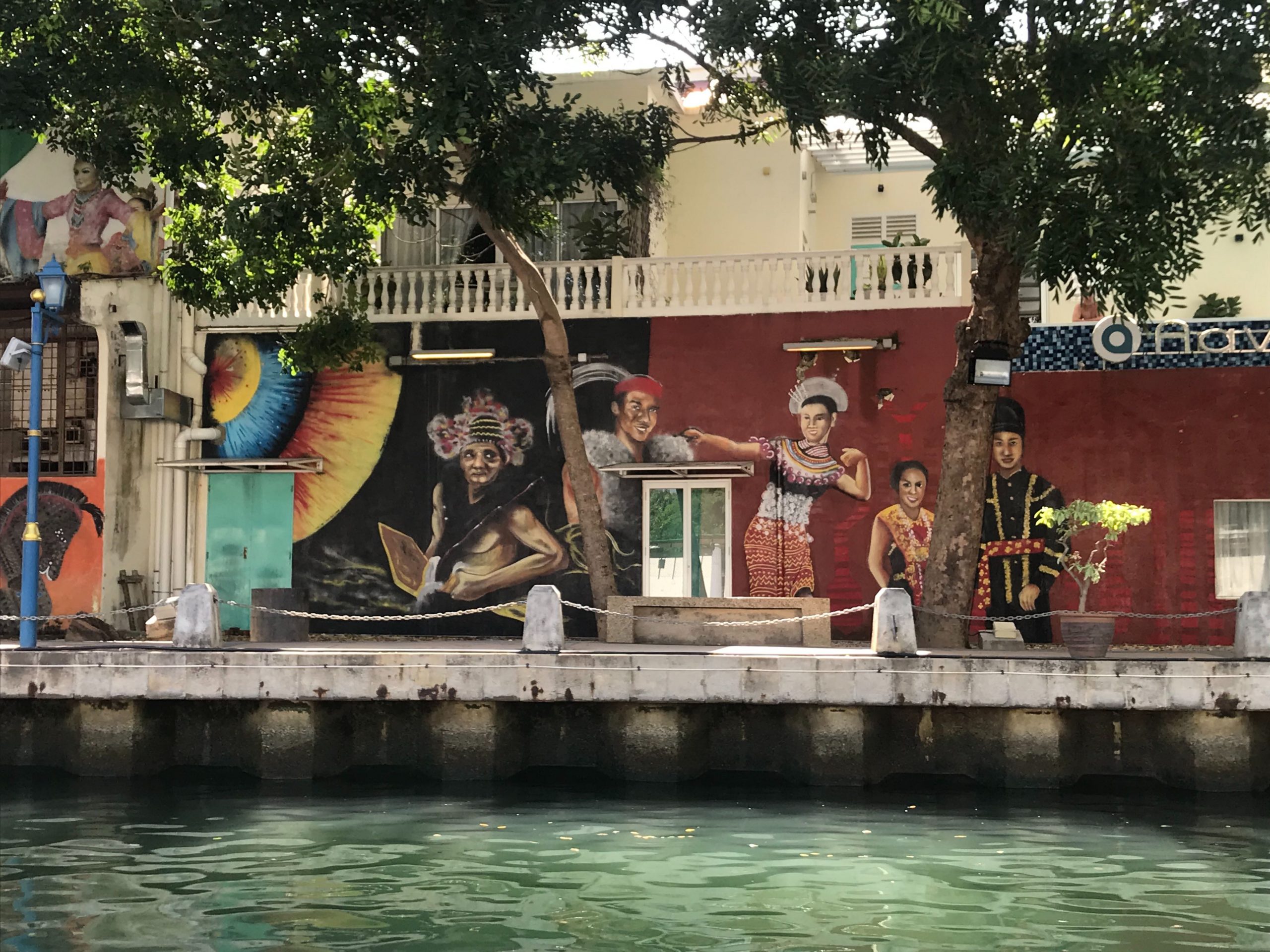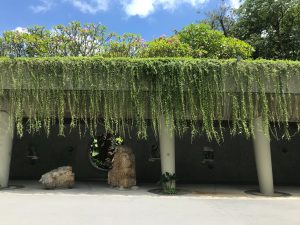Reflecting on the place urban spaces hold within a community
I did not expect art to be the main takeaway from my trip to Singapore and Malaysia this reading week. It’s not that I thought that I wouldn’t see any art, but rather I didn’t think it would be much different from the art in Montreal. I was wrong.

In Singapore’s Little India, Cattleland 2 by Eunice Lim comes to life via augmented reality. By scanning a nearby QR code on their phone, the viewer is invited to watch as the cattle roam through the colourful streets of Buffalo Rd. In an interview with SG Magazine, Lim explained that she had spoken to former residents who “gave her their anecdotes of seeing the old street filled with buffaloes running around.”
Glancing up at the commercial buildings and observing the whole of the city, I began to notice the presence of greenery within the architecture and urban spaces. Rooftop terraces are not uncommon throughout Singapore. In fact, the addition of green spaces is part of the country’s goal to become the world’s “greenest city.”
At Gardens by the Bay, infrastructure is purposely built in an effort to increase energy efficiency and visitors are invited to enjoy public art and sculpture all while being outdoors. At night, people can view a temporary installation titled #futuretogether by teamLab collective. Composed of floating egg-shaped lights, viewers’ interaction with the ovoids alter the speed at which they change colours, ultimately, illuminating the bay in bright purple, turquoise, yellow and red.
Along the Melaka River in Malaysia, houses and boutiques are entirely covered in urban art. Each mural pays homage to a different cultural group and their respective histories in Malaysia. The works are unattributed, however, clearly intentional and not to be mistaken for vandalism. As with much of the street art in the rest of Melaka City, a large Chinese influence is present; a cartoon depiction of a guardian lion painted in red hues makes up most of the mural on one residential building. Nearby, murals portray scenes of people dancing in traditional dress.
Reflecting on the art further into my trip, I realized I was not so much enthralled by the artworks themselves, but rather what they represented. It is no secret that Montreal’s street art is not exactly representative of the city’s complex history. To see Singapore, a country with a complicated history and political system, and Malaysia, a developing country, make the effort to get the population to engage within these urban spaces was eye-opening, to say the least.
Montreal’s year-round climate is not quite like the 37 ºC that I basked in for the last two weeks of February. It is understandable that outdoor garden sculptures are not the most feasible public attraction in a city where sub-zero weather lasts for over half of the year. Accurate representation of Montreal’s history, Indigenous population and minority groups, however, definitely does not require an ideal temperature. Montreal, you have some work to do.
Photos by Lorenza Mezzapelle





